Community Embraces New Word Game at Mid-Year Play Day This past Sunday, families at Takoma Park’s Seventh Annual Mid-Year Play Day had the opportunity to experience OtherWordly for the first time. Our educational language game drew curious children and parents to our table throughout the afternoon. Words in Space Several children gathered around our iPads […]
Read more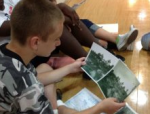 Sciences and history can nicely meet at historical sites. It engages the history-minded in science, and the science-minded in history. Two examples were recently discussed by Chris Shires, director of interpretation and programs at the Edsel & Eleanor Ford House.
Sciences and history can nicely meet at historical sites. It engages the history-minded in science, and the science-minded in history. Two examples were recently discussed by Chris Shires, director of interpretation and programs at the Edsel & Eleanor Ford House.
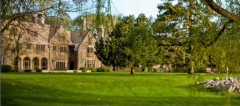 Located east of Detroit, on the shore of Lake St. Clair, near the Milk River (photo below), the Ford house is involved with water quality monitoring as part of the worldwide GLOBE hands-on, school-based science and education program. The science part of the picture involves having students input water quality results into a global database. Shires notes, “Many groups who are engaged in ongoing testing come back for history tours of the house.” Student visitors also learn about history of the family, including their love and respect for the water.
Located east of Detroit, on the shore of Lake St. Clair, near the Milk River (photo below), the Ford house is involved with water quality monitoring as part of the worldwide GLOBE hands-on, school-based science and education program. The science part of the picture involves having students input water quality results into a global database. Shires notes, “Many groups who are engaged in ongoing testing come back for history tours of the house.” Student visitors also learn about history of the family, including their love and respect for the water.
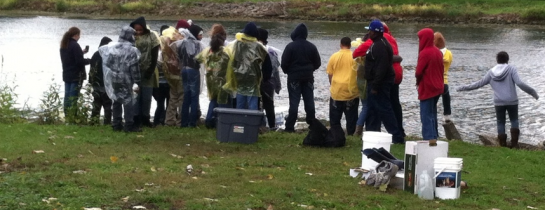
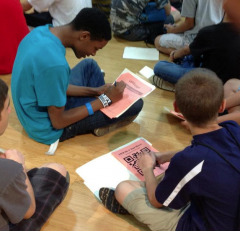 The Stan Hywet Hall and Gardens in Akron, Ohio has a successful program for 9th grade students from the local ‘Science’ High School. The students do two days of experiential learning activities on the 70 acre estate during a summer program before starting school. During the tours, the students learn about architecture, landscape design and technology, and they also assess primary source materials including archival blueprints, letters and historic photos. One of the science teachers remarked, “To be in their community and creating something that someone could really use–that is the motivation.”
The Stan Hywet Hall and Gardens in Akron, Ohio has a successful program for 9th grade students from the local ‘Science’ High School. The students do two days of experiential learning activities on the 70 acre estate during a summer program before starting school. During the tours, the students learn about architecture, landscape design and technology, and they also assess primary source materials including archival blueprints, letters and historic photos. One of the science teachers remarked, “To be in their community and creating something that someone could really use–that is the motivation.”
Read more about both programs in Shires’ blog post at AASLH, “Bringing in Other Disciplines to Your Historic Site.”
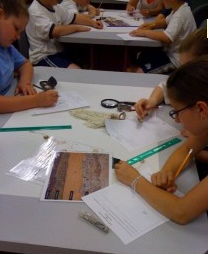 Another cool example of multidisciplinary outreach school programs is at the Roberson Museum and Science Center (Binghamton, NY):
Another cool example of multidisciplinary outreach school programs is at the Roberson Museum and Science Center (Binghamton, NY):
- Hands-on science, history and art. Students discover animal adaptations by studying taxidermy specimens, participate in magical science experiences, build steampunk scultptures, or explore antique objects and create a new use for them;
- School receives a mysterious artifact once a month (September-May) for your classroom. Artifacts range from tools to toys and relate to American History;
- Discover the Iroquois, their culture, their relationship with the land and how European culture has impacted native peoples. Students create pinch pots and learn Native American constellation legends in the Planetarium.

